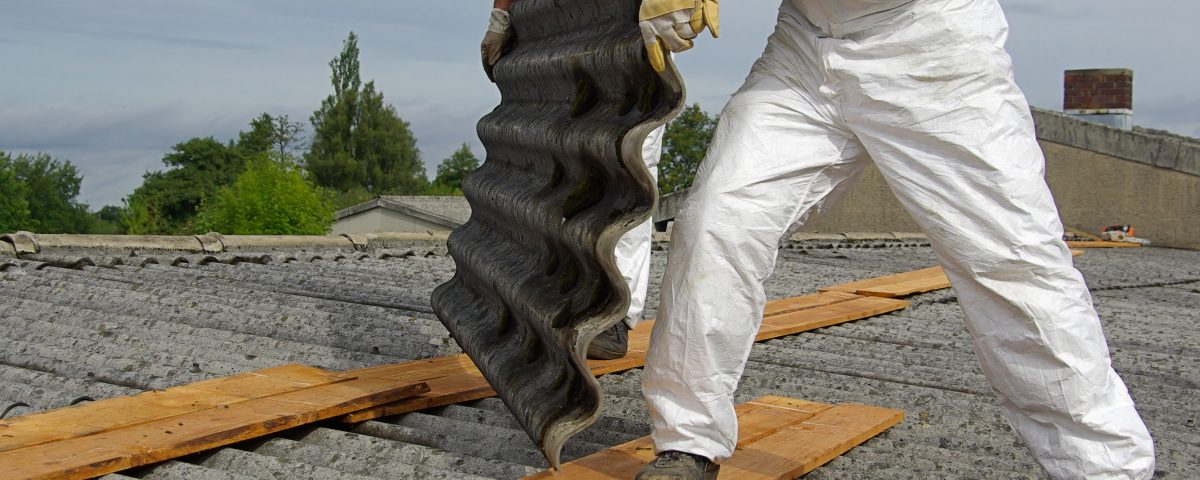- Restoring Every Detail, From Start to Finish
- (801) 263-9990
Testing for Asbestos in Older Homes & Offices

Dehumidification 101
June 17, 2016***Air Duct Cleaning Special***
July 19, 2016We have believed a lot of strange (and ultimately harmful) things throughout history—for example, did you know that in the 1900s people used to consume radioactive drinks to help with everything from anti-aging and arthritis to rheumatism, that Bayer Laboratories marketed a heroin cough suppressant in the late 1800s, and people purposely infected themselves with tapeworms in the 1950s to lose weight? Before the 1980s, we also believed that asbestos was actually a pretty good building material because the fibers would add strength without adding weight, and it had fire-resistant and insulation qualities as well.
It’s safe to say now that we were very wrong about all of these things, including asbestos, and the detrimental effects of asbestos are still seen today. If you live in a home or work in an office that you think contains asbestos, it’s important to get it tested and safely removed.
Where You’ll Find Asbestos
Asbestos was used in a variety of building materials between the 1940s and 1970s, and could be hiding in any number of places inside your home or office building. The most common include:
- Floor tiles
- Ceiling tiles (especially “blown” ceilings)
- Roof shingles and flashing
- Home siding
- Insulation
- Pipe cement
While experts generally warn consumers about the danger to homeowners who had these and other similar products installed before the 1980s, it’s important to note that newer homes can still contain asbestos so all homeowners should test for it.
Why Asbestos is Harmful
When it’s originally installed and in good condition, asbestos is not harmful to your health, but over time as the building material that contains these fibers gets damaged, asbestos is released into the air where it does become dangerous. Once damaged, everyday activities such as opening and closing curtains, turning on ceiling fans, or using air conditioning and furnaces can spread dangerous asbestos fibers throughout your home where they can be inhaled. Over time, exposure to these fibers has been linked to severe lung disease and lung cancer.
How to Check Your Home or Office
You can perform a visual inspection of your home, but in order to find out for sure if materials contain asbestos, you’ll need to send fibers to a laboratory for analysis and testing. Choose a laboratory that uses either Polarized Light Microscopy (PLM) or Transmission Electron Microscopy (TEM). Since the process of collecting samples can release asbestos into the air (by damaging the asbestos-containing material), it’s best to hire the professionals at AAA Restoration to collect the samples, minimizing your risk of exposure and protecting the health of you and your family.
If you find asbestos in your home, the next step is to work with a place like AAA Restoration to remove it and get new, safe materials installed in its place. While you may think that you can isolate or repair asbestos-containing materials, the only safe and permanent solution is to remove the materials that contain these fibers. Call AAA Restoration today to find out more.


